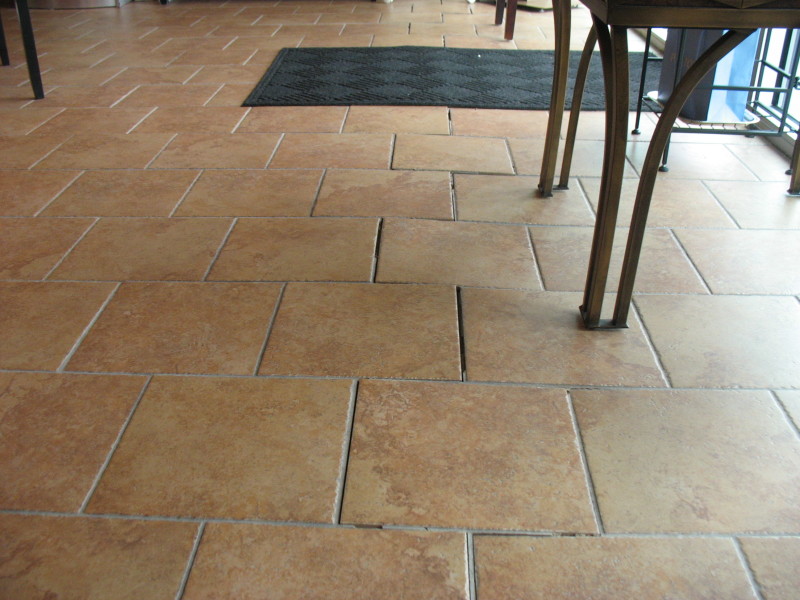T_Bat
Structural
- Jan 9, 2017
- 213
Hey everyone,
I'm working on a steel framed retail/office building where the interior slab on grade will be the tenant's responsibility. We will still need to provide the wall footings and a band of slab for the light gauge infill walls to attach to. My plan was to show a typical slab turndown onto the wall footing and maybe a 1'-2' wide band of interior slab around the perimeter. The alternative would be to provide a stem wall to support the light gauge. The stem wall is much less concrete but would require additional formwork. The turndown seems like the easiest option but I wanted to be sure I'm not overlooking any ill-affects. Any of you have hesitations using my approach?
Thanks in advance.
I'm working on a steel framed retail/office building where the interior slab on grade will be the tenant's responsibility. We will still need to provide the wall footings and a band of slab for the light gauge infill walls to attach to. My plan was to show a typical slab turndown onto the wall footing and maybe a 1'-2' wide band of interior slab around the perimeter. The alternative would be to provide a stem wall to support the light gauge. The stem wall is much less concrete but would require additional formwork. The turndown seems like the easiest option but I wanted to be sure I'm not overlooking any ill-affects. Any of you have hesitations using my approach?
Thanks in advance.

